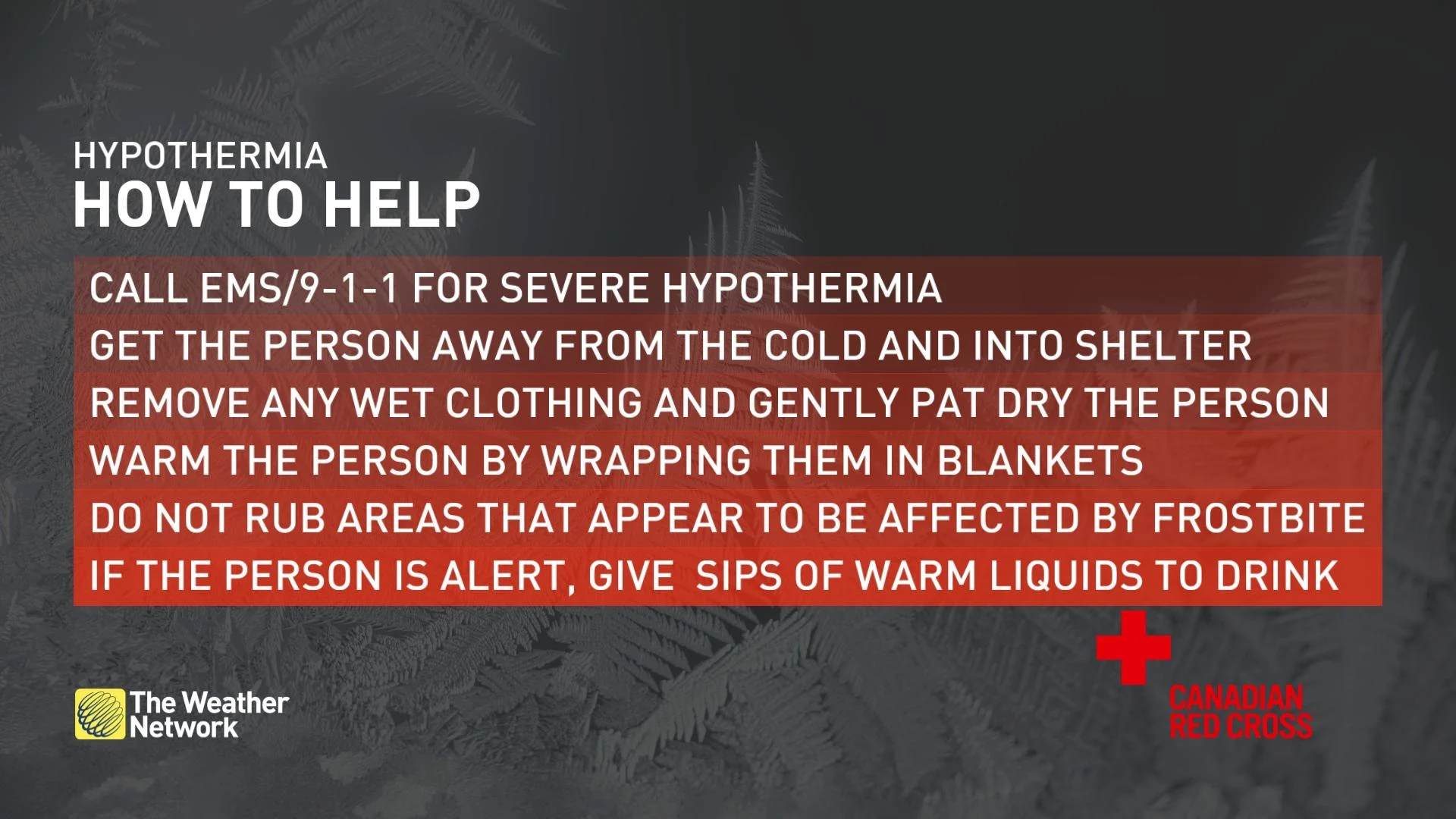
Life-threatening cold freezes over the Prairies, colder than Arctic
The polar vortex has descended over Western Canada, sending temperatures plummeting to frostbite-inducing, and even life-threatening, levels across the Prairies
The heart of the polar vortex is officially upon us, and nobody is feeling the chill worse than the Prairies.
Right before the weekend, the city of Edmonton was forecast to have a daytime high temperature of -31°C on Friday. The last time this occurred was February 1st, 1989 -- 35 years ago!
Temperatures in Edmonton, Alta. exceeded expectations and dropped to a freezing -46C yesterday morning, with an added wind chill of -58, making this the third-coldest temperature ever recorded for the city since the Edmonton International Airport started recording weather data in 1960. At this temperature, frostbite can happen within minutes of outdoor skin exposure.
DON’T MISS: What is the polar vortex? How it’s responsible for dangerous cold
It's not just Edmonton that faced the extreme cold, either. Calgary and Red Deer, Alta., as well as Saskatoon, Sask. have all recorded temperatures colder than those in Alert, Nunavut -- the northernmost inhabited location in Canada, located within the Arctic Circle.
Calgary has experienced a daytime high of -30°C just once since the year 2000, on January 27th, 2004. By comparison, the 20th century recorded 56 instances of daytime highs at or below -30°C.
The entirety of Alberta and Saskatchewan are currently blanketed in extreme cold warnings issued by Environment and Climate Change Canada (ECCC).
The warnings have also seeped into parts of northern and southern Manitoba.
SEE ALSO: What is wind chill and why does it 'feel' so miserable?
"Extreme cold puts everyone at risk," ECCC states in the warnings, "Risks are greater for young children, older adults, people with chronic illnesses, people working or exercising outdoors, and those without proper shelter."
Temperatures will only become colder and more dangerous overnight.
Unfortunately, as it stands, a Saturday warm-up is not in the books, either, as temperatures are locked in at freezing levels.

Sunday will be much of the same as these frigid conditions will be locked in into next week. Anyone planning to be outdoors this weekend should bundle up and be prepared for cold emergencies.

Be aware of cold-related emergencies
When a person is exposed to cold temperatures it may result in a decrease in body temperature, which is called a cold-related emergency.
According to Environment Canada, over 80 Canadians die each year due to exposure to the cold, and many more sustain serious injuries from it.
It is important for everyone enjoying the outdoors to know how to recognize when someone has been exposed to cold for too long, prevent cold-related emergencies, and be able to provide help when needed.

Prevention:
Cover your head and trunk by wearing a hat and layers of tightly woven fabrics such as wool or synthetics.
Cover up exposed areas such as your fingers, cheeks, ears, and nose.
If your clothes get wet when you are in the cold, change into dry clothes as soon as possible.
Drink plenty of warm fluids to help your body stay warm and hydrated, avoid caffeine and alcohol.
Eat high calorie food and drinks regularly as the body converts food to energy which heats the body.
Dress in layers so that you can adjust to changes as you heat up or cool off.
Bring additional warm clothing when going out for extended periods or in case of emergency.
Don’t wear tight fitting clothing or footwear that may impair circulation.
Seek shelter from the wind if you are getting cold, even if it is only behind a tree, hill, embankment, or other landscape feature.
You can find more information on how to recognize when someone is suffering from a cold-related emergency, here.
WATCH: Know the signs of frostbite and hypothermia this winter
Stay with The Weather Network for more forecast information and updates on this deep freeze.










